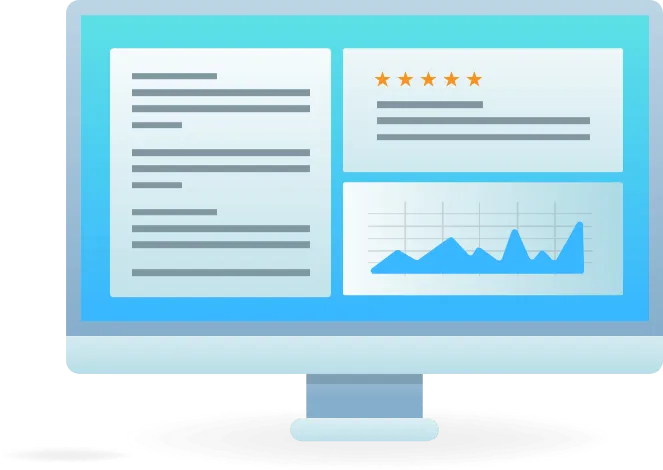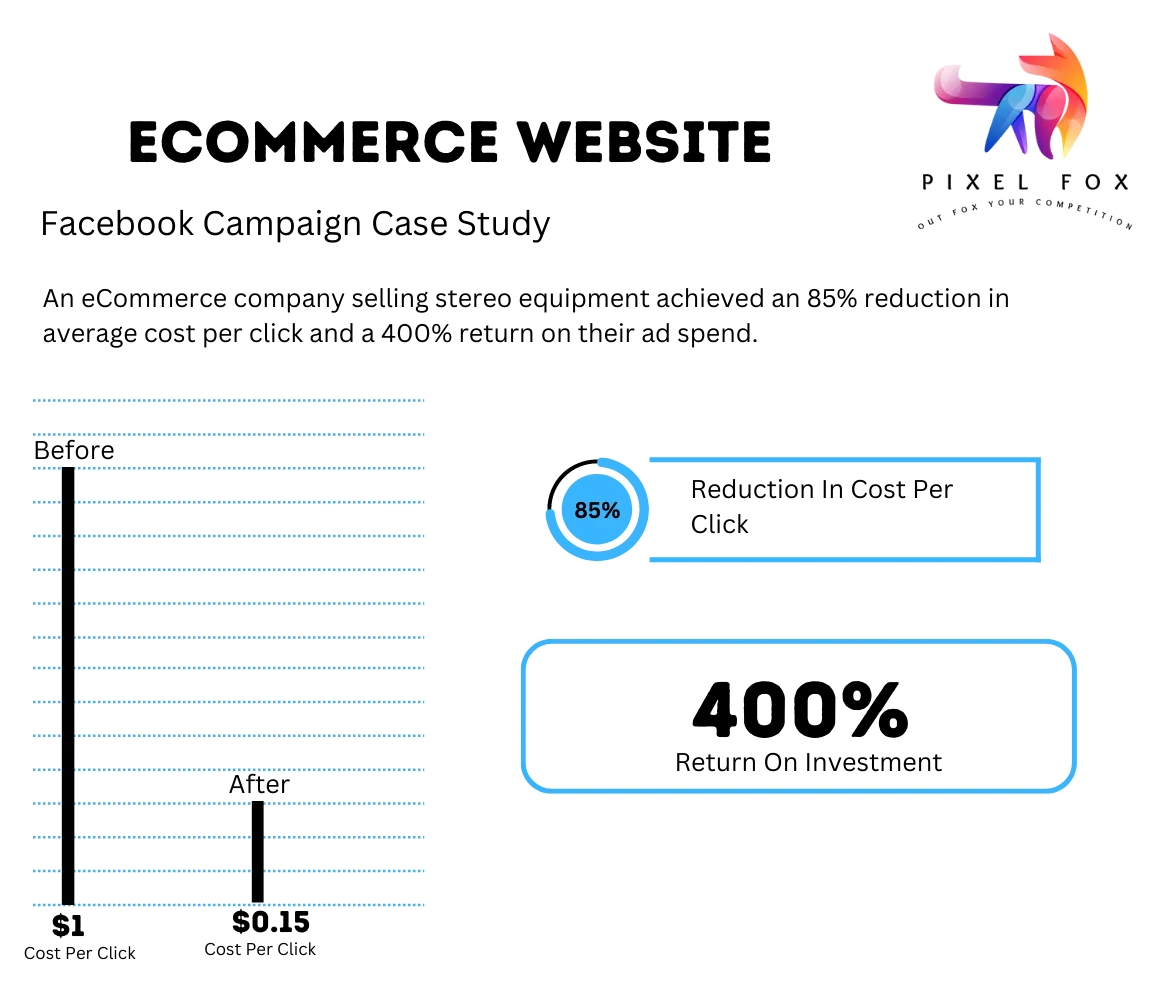


Why, How, and What Is First-Party Data?
Why, How, and What is First-Party Data?
Using first-party data for digital marketing is becoming increasingly important for companies of all sizes. First-party data gives businesses valuable insights about their customers, which can be used to create targeted marketing campaigns and improve the user experience.
What is First-Party Data?
First-party data is information that a business collects directly from users, such as through website visits or interactions with other digital properties.
This data belongs to the company and is unique to them – no other business has access to it. Examples of first-party data include customer purchase and browsing histories, online reviews, feedback surveys, emails, and website analytics.
By combining this data with third-party sources, businesses can gain a more comprehensive view of their consumers.
Why Use First-Party Data?
First-party data offers several key benefits for digital marketers that other types of data cannot provide as effectively.
The most important advantage is its accuracy and reliability; since the information comes directly from your customers, it’s much more likely that it will reflect their actual behavior and interests accurately.
Additionally, since first-party data belongs solely to you, the privacy concerns associated with using third-party sources are eliminated.
Finally, first-party data offers granular insights about individual customers and their interactions with your products or services over time; this allows you to craft highly personalized campaigns tailored to their specific interests or needs.
How To Use First Party Data For Digital Marketing.
Utilizing first party data in your digital marketing efforts requires an organized approach in order to ensure that you are collecting meaningful insights about every segment of your customer base as well as maximize the ROI for each campaign you launch.
Here are some key steps you should follow:
1) Identify Your Goals – Before you begin collecting any type of customer information it’s important to have clear objectives in mind so that you know what metrics are relevant for tracking progress towards those goals.
For example if one of your main objectives is acquiring new customers than metrics such as web traffic or conversion rate would be more meaningful than social media followers or brand mentions when measuring success later on down the line.
Identifying specific goals ahead of time will help focus your efforts towards gathering relevant trends within your customer base so that every decision be backed by sound analytical reasoning instead of guesswork alone..
2) Consolidate & Analyze Data - Once you have identified what type of metrics will be used for tracking success then it’s time start consolidating those into one centralized database where patterns can be identified across all different types of customers whether they be current buyers or potential ones still in the research phase prior purchase decisions.
This is done by organizing all records according browsing activities on websites as well past purchases made through an eCommerce store – whatever platform happens specific to each company and analyzing these behaviors with AI or machine learning algorithms detect patterns amongst them .
This step also involves weeding out inaccurate surveying collection from poor quality sources like scripts sites which might otherwise skew online segmentation strategies later down they line if left unchecked during early stages
3) Implement & Monitor Targeted Campaigns - After identifying trends amongst different segments within customer base next step involves actually implementing targeted campaigns based upon those findings.
Whether this means sending personalized emails offering discounts bundles certain products actively promoting content associated along similar area interests can help better engage prospective buyers importantly optimize return investments being made quickly easily because market messaging already resonates more accurately tie into needs/wants many consumers than generic blasts sent out even greater segmentation areas using social media tools search retargeting techniques keep track conversions performance metrics updating Theorem overall course strategy order increase value further results obtained.
Bring It Together
Great digital marketing focuses not just on creating attractive promotions but also leveraging available resources obtain maximum impact from efforts With help first party company can do both simultaneously optimizing approaches point where costs take precedence over gains generated most efficient way possible!
By assessing understanding what audience wants crafting messaging around only good lead higher sales profitable bottom lines without having sacrifice piece mutual trust established along relationship brand grows over time.

Adsit Digital & Pixel Fox
The key to unlocking hidden revenue streams.

Navigation
About us
Get In Touch
© Copyright 2023. Pixel Fox is an Adsit Digital Company. All rights reserved.

